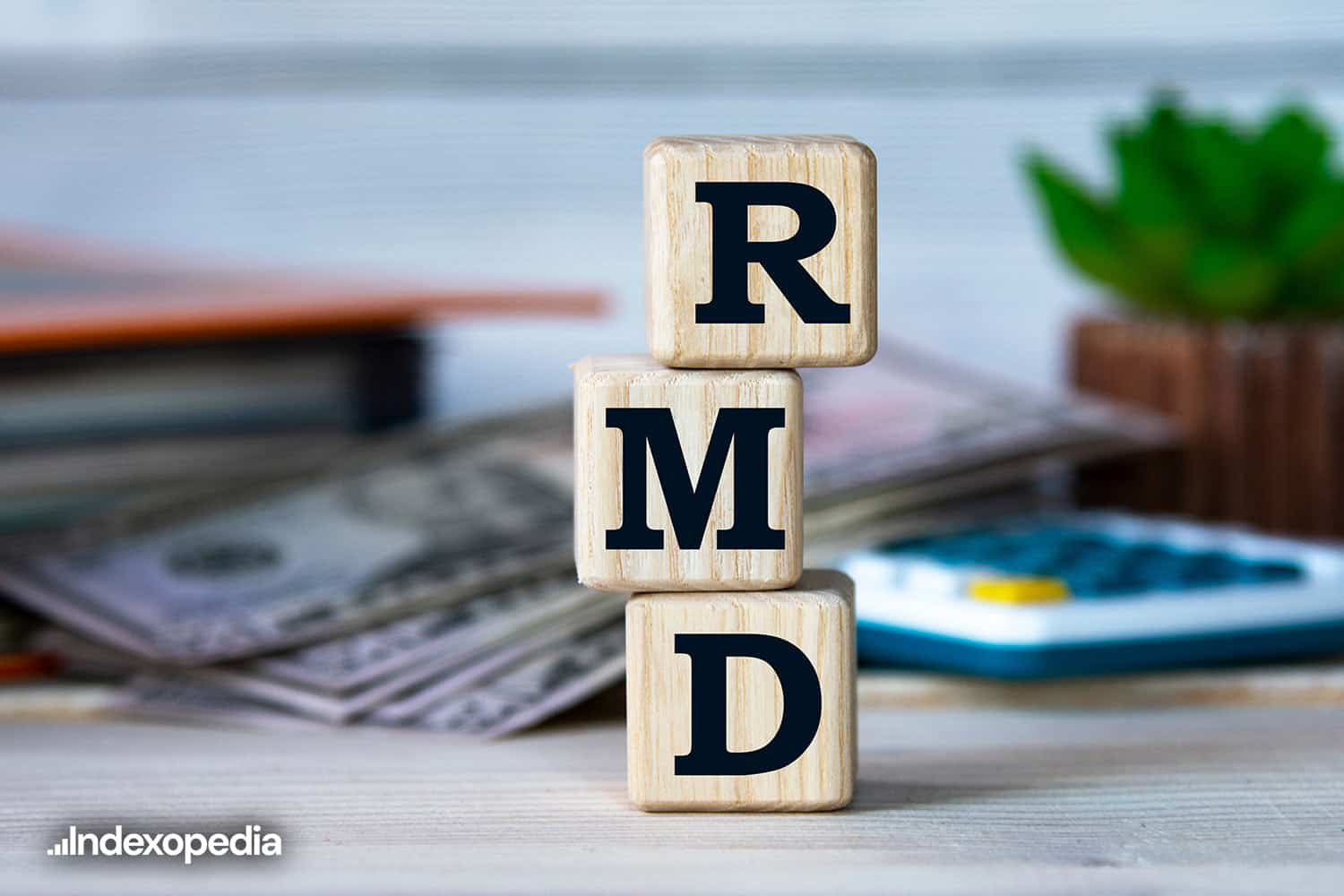

As retirement approaches, many investors face the important task of managing their retirement accounts, particularly their Individual Retirement Accounts (IRAs). One of the key challenges involves determining the optimal time to take Required Minimum Distributions (RMDs) from these accounts. The timing of RMDs can have significant tax implications and can affect the overall growth potential and sustainability of your retirement portfolio. In this article, we will explore the intricacies of RMDs, industry-accepted strategies, and key considerations to help you time your withdrawals. We will also examine five examples of market recoveries and what could have been lost if investors missed out on the early phases of these recoveries. Understanding Required Minimum Distributions (RMDs) RMDs are the minimum amounts that retirees must withdraw from their traditional IRAs and employer-sponsored retirement plans (such as 401(k)s) once they reach a certain age. The purpose of RMDs is to ensure that individuals eventually pay taxes on their tax-deferred retirement savings. The Internal Revenue Service (IRS) sets specific rules and guidelines for calculating and withdrawing RMDs which can be changed at any time without notice. Age Requirement: As of 2024,